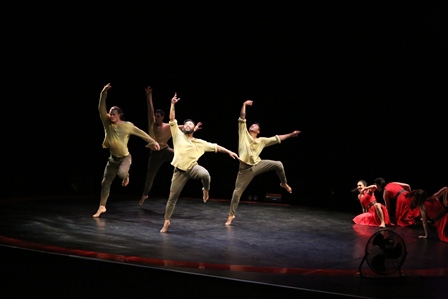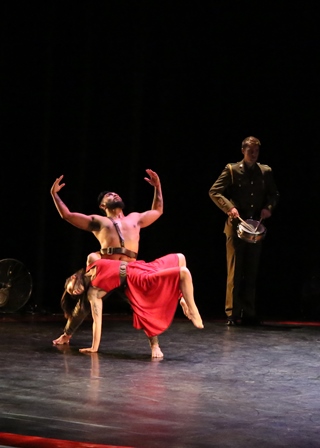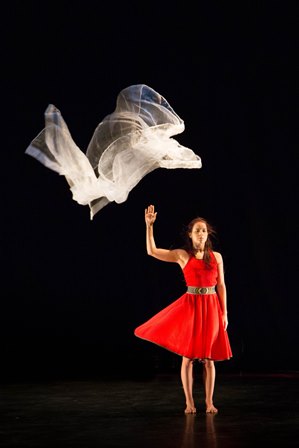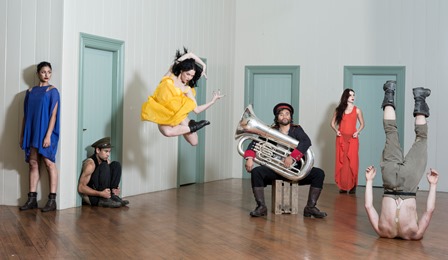In many a park in New Zealand … the same in Australia I’m sure … sits an octagonal band rotunda … shades of Vauxhall Gardens and the public pleasures of outdoor music played by local brass bands or other ensembles. These days children play in a rotunda, not much good for hide’n’seek since the sides are open, but its roof will shelter you if there’s a sudden downpour on your picnic.
Mostly rotundas are quiet sentinels to an earlier era of music-making. In peacetime, well and good, but, in wartime, brass bands are readily associated with the many concerts and farewells involved when the armed forces are on the move. Drum roll. Slow March. The Last Post. You know it well.
2015 is the year commemorating Word War I and the scar on the Anzac nation that the Gallipoli landing represents, 25 April 1915. It’s also 70 years since the end of World War II, 40 years since the end of the Vietnam War, one minute since the latest slaughter somewhere in the name of power, wealth or religion … and so it goes … every year marking some anniversary of the human propensity to conflict, to fight, rather than, as Shakespeare pithily put it … ‘to dance out the answer’.
Thoinot Arbeau’s dance manual, Orchesographie from France, 1589, offers a fascinating glimpse of martial arts overlapping with dance practices of the time, and remains accessible today in a Dover edition, with an appendix of Laban notation. Another important book on the topic, Keeping Together in Time, by William H. McNeill has rightly been described as a tour de force of imagination and scholarship.
There are several classics of what one might call ‘war dances’ choreographed in the 20th century—the indelible masterpiece by Kurt Jooss, The Green Table, Jiří Kylián’s extraordinary Soldiers’ Mass (which will be restaged by the Royal New Zealand Ballet mid-2015), and Jose Limon’s heartfelt Missa Brevis to Kodaly’s mass. Each of them contains witness to war that translates into a prayer for peace. Nijinsky, in his last performance, ‘danced the war’ and we all know what happened to him after that.
The New Zealand Dance Company has joined forces with the New Zealand Army Band, in the production of Rotunda, a full-length work which has recently toured New Zealand, had earlier been performed in Europe, and will shortly tour to Australia. The Army Band plays a range of New Zealand compositions and the incorporation of its players into the heart of the staged work is memorable. The result is impressive, highly unusual, spectacular, powerful and poignant by turns.

For the cast of four male and four female dancers, the choreographic focus is on the young … boys playing shoot-outs with twigs from the apple tree, bang bang you’re dead, but not too much later they are on a battlefield, shooting and being shot with real guns now. One of them stays down, bang bang you’re dead alright. But your mate can’t believe that, so lifts you and carries you to dance. It is a painfully exquisite duo that would bring you back to life, but if course, it can’t.
Another duo between a young woman in a poppy-red dress, full of all the reasons youth have to live, dances with her dazed, glazed shell-shocked young man but he cannot be persuaded to thaw from the horrors of what he has seen. ‘Incurably insane’ is what the medical records called them. [Trudi Schoop, dancer and cabaret artist in Switzerland during World War II, turned after the war to a career in dance therapy, stating that she would thereafter work with catatonic schizophrenics, who were just that, whereas the men who had manufactured the war were the criminally insane].

In choreographing a commemoration of ‘the’ war (as in ‘The War to End All Wars’), one wishes neither to celebrate triumphs (they are few) nor record casualties (they are many), but rather to remember, lest we forget.
The stage set and lighting of the performance are inspired. A white silk banner flies high and swoops low, caught and tossed in the updraught of a circle of fans placed on the stage. A dancer engages with it before it is swept away and up. Image of a soul, a spirit, a person, gone. But not forgotten.

Jennifer Shennan, Wellington, April 2015
Australian schedule for Rotunda:
- Adelaide: Her Majesty’s Theatre, Adelaide Festival Centre. Friday 1 May, 7.30pm; Saturday 2 May, 2pm & 7.30pm
- Melbourne: The Playhouse, Arts Centre Melbourne. Thursday 7 May, 8pm; Friday 8 May, 8pm; Saturday 9 May, 2pm & 8pm
- Parramatta: Riverside Theatre, Parramatta. Wednesday 13 May, 8pm; Thursday 14 May, 8pm; Friday 15 May, 8pm; Saturday 16 May, 2pm & 8pm
- Geelong: The Playhouse Theatre, Geelong Performing Arts Centre. Thursday 21 May, 8pm; Friday 22 May, 8pm; Saturday 23 May, 1pm
Publications mentioned in the text:
- Arbeau, Thoinot. Orchesographie, edited by Julia Sutton, translated by Mary Stewart Evans (Dover: New York, 1967)
- McNeill, William H. Keeping Together in Time: Dance and Drill in Human History (Cambridge, Mass: Harvard University Press, 1995)
Featured image: The New Zealand Dance Company and New Zealand Army Band, promotional shot for Rotunda. Photo: John McDermott

I received a message from Jessica Gommers, freelance designer from Auckland, who alerted me to a publication by John McDermott, the photographer who shot the hero image on Jennifer’s post. It shows Rotunda in process and is available from John McDermott. Here is a link to the publication.
Thanks Michelle
not sure what the Hero image refers to.
The rehearsal shots are quite wooden compared to the performance action.
I am in Hong Kong, about to teach Renaissance Dance at HKAPA, thanks to Ou Lu, who is as lovely as ever.
I’m looking forward to return 10 May and soon after that sending you something about this wonderful travel. Not sure I can do highlights as it has all been High Light.
xx
Jennifer
A hero image is, as far as I have gathered from various dealings with various companies, an image chosen to represent a work. Not a shot from the performance, but something that encapsulates the content of the work. The hero image is in this case the one at the beginning of the post showing dancers and musicians.
Good to hear your travel has been fruitful and we all look forward to a highlights post! Or something else?
Thanks Michelle
yes, a Highlights post is in train, although since there were no Lowlights it will take space & time. I am just so grateful that the dance community kicks in wherever one travels … and a sense how hard some unsung heroes do work. More soon…
Jennifer